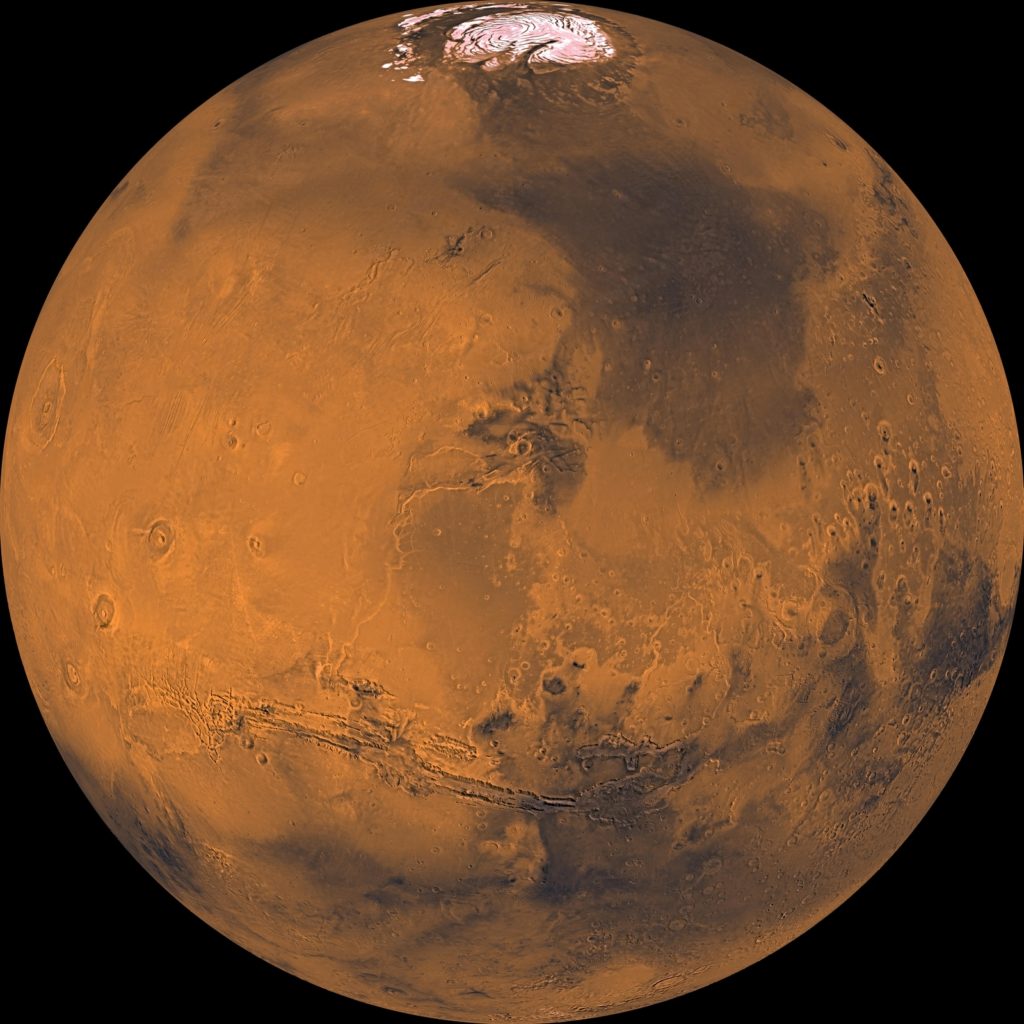
The planet Mars is coy. It spends most of its time as a relatively inconspicuous star-like object, only moderately bright, drifting barely noticed though the sky, little seen, or sometimes hiding behind the Sun.
Once every two years it grows bolder. It decides to put on a show. But even then, it’s sneaky about it, gathering its glory in the late hours of the night, seen mainly by dedicated astronomers, those who know what to expect and where to look.
And then, at the apex of its splendor, it rises at sunset, blazing across the sky all night for a few brief weeks, revealing itself in a level of detail far beyond what it will normally display [Read more…] about Mars Meditations
Share This:


